At first sight, Garden City - Super green buildings, urban skyscapes and the new planted space by Anna Yudina looks like a coffee table book - all stylish, picture-led design. The layout is clear: a double-spread or two per project, seventy in total, with a full-page image, a smaller photograph or sketch and just a largish column plus captions. But Garden City is so much more.
Already more people worldwide are living in urban environments than in rural areas and the trend is set to continue unabated. As humans though, we need nature. There is a growing body of literature showing just how vital for us it is, well beyond providing oxygen and food. How do we get nature into cities?
This book is a compilation of projects gathered from across the world, bringing together the ideas of many brilliant minds on how to do just that. Not via traditional municipal parks but by rising to a multitude of challenges like the increasing pressure on the value of land space. Some projects are well-publicized like the High Line in New York or the Vertical Forest in Milan, but many more amazing examples I had never even heard of before (but then I’m not an architect).
The projects are grouped into five chapters, with the last the most futuristic or visionary perhaps, where cities are considered as ecosystems in which “architecture works in unison with nature” and houses become “organisms for living in”. Among the most stunning are a building proposed for New York called “Dragonfly” and those for “Paris Smart City 2050”, both by Vincent Callebaut Architectures. Quote: “Using information and communications technologies to drive architecture, his design process takes many of its cues from biology since it involves biomimicry and bionics, in addition to incorporating actual vegetation.” The result looks like something from a sci-fi movie, but green in every sense of the word. Improving biodiversity as well as a vision “in which farming is elevated from a ‘victim of the urban sprawl’ to ‘one of the city’s structural components’“ are other important aspects.
I hadn’t expected to find myself increasingly drawn in, wanting to read everything. The breadth and variety of ideas is exciting: some almost “mundane”, others firing the imagination to such an extent that you want to track their progress. I’m too young to know but would imagine this is similar to the excitement felt when mankind first entered into the space age. The central benefit of the book then is to show what is done or thought of already, to awe and to inspire. Below, I'll look at some of the contents in some more detail. And if you want to know what I was missing most in this book, head further down this post, to below the last but one image.
Great aspirations - but some of the examples seem to fall short of that claim? For instance, there is the example of House K in Japan which is lovely - but I doubt those five trees included will make much of a difference to any of the above. It's design not nature (as in "ecology") and I for one, purely from a Western perspective, wouldn't even consider this a garden - just a "yard" with a few token planters. Contrast that, however, with some other examples included here - such as the Stone House or the House for Trees (see image further below). Who knew Vietnam had such exciting solutions to offer? (Well, just revealing my own ignorance and arrogance here, I guess.)
A very different approach to adding conventional planters (even if they were automatically irrigated) was followed with the French Building that Grows. It consists in large parts of a gabion construction. The gabions were filled with soil to which seeds of various climbing plants were added right from the start, i.e. before the gabions were assembled. A bit like a drystone wall perhaps? Intriguingly, the text tells us that more than a decade on, the building is still on passive climate control, i.e. “probably the only building […] in city without air conditioning”.
Another interesting detail I first learned about from this book is a technology from Japan called the "Moss Catch System" and I also particularly loved learning about a project by American landscape architect Lawrie Olin. The latter designed a multi-storey car park "with canyon-like gaps that provide natural ventilation and break the enormous structure into smaller parts. Planted in these gaps are redwood trees (whose natural habitat is moist, shady canyons)”. It is an evocation rather than an imitation of nature, but "complete with the views, smells and touch" and an excellent example of how to match local species "to the practical requirements of the project”.
More generally though, it looks "at ways in which architecture and the landscaping professions have joined forces to develop new typologies, new practices and new means of experiencing both nature and the city. In some of the projects, plants have appropriated the vertical dimension. […] Other designs reclaim abandoned infrastructural or industrial sites; examples range from a disused foundry to an elevated railway line, and, still more radically, from a submarine base to an underground trolley-car terminal". More on the latter example at the end of this post.
COEXISTENCE, the third chapter, quotes architect and design theorist Christopher Alexander from 1977:
"People need contact with trees and plants and water. In some way, which is hard to express, people are able to be more whole in the presence of nature, are able to go deeper into themselves, and are somehow able to draw sustaining energy from the life of plants and trees and water."
Anna Yudina used the quote to introduce the designs showcased here because these "maximize such contact to the point where people and plants are literally sharing the same space. Many of these schemes are vivid design statements”, but "the creation of transitional spaces and the exploration of their psychological and functional potential is another prominent theme in many of these projects.” Summarily, this chapter parades many covetable rooms and spaces I’d love to call mine, or at least would love to be able to hang out in…
Fourth Chapter PERFORMANCE, according to the author, "looks at the ways in which nature can endow a building, or even an entire city block, with an element of performance. It highlights three sometimes overlapping threads: projects with bioclimatic features, buildings that improve biodiversity and ‘productive’ architecture.”
One could perhaps also group these under the term Ecosystem services, as Yudina goes on to explain these are “urban projects that rely on nature’s ‘utility value’ – that is, its capacity to improve air & water quality, regulate micro climates, facilitate stormwater management and reduce noise". They range "from city-scale strategies to specific parts of a building.” An example for the latter is the Active Modular Phytoremedation wall – a "plant-based and more efficient alternative to air-conditioning systems for offices". Urban and/ or Vertical farming also falls into this category.
According to Malaysian architect & ecologist Ken Yeang, the architects' task is - in Yudina's words - "part of a much bigger challenge of bio-integration", "the need to integrate everything we do and make in our built environment [which not only consists of our buildings, facilities, infrastructure but also includes products, like e.g. refrigerators or toys] with the natural environment. This can be achieved through ‘ecomimesis’, a design approach that emulates nature’s processes, structures and functions to render human-made ecosystems compatible with natural ones, thereby enabling them ‘to sustain life in the biosphere’.”
A good example, perhaps, is growth-friendly building material like green concrete with which architects start experimenting. Yudina sees it as one piece of the jigsaw which ultimately should counterbalance the "excess of ‘inorganic content’ with which we humans are filling the biosphere.” May she be correct in her predictions - I certainly would love to see more living buildings, even if it's just a living "skin"!
I struggled slightly with what seemed like the book's conclusion: Yudina quotes Marco Polette of ecologicStudio: “ ‘Think about trees as the photosynthetic modules that branch at the ends, or as double branching systems if you add the underground part’ says Poletto. ‘If you look at a forest, you might think about the ways the tree roots and the mushroom mycelia form a communications network, a sort of biological internet. Suddenly, a tree is no longer a tree; today, we are able to understand it on different levels, because we have the internet, which is not only a way of communicating, but also a way of understanding the world. I think it’s time to make this step.’ ". And she finishes with the question "Are we ready for take-off?”
Perhaps I am not. Because while the above is true, of course, it still makes me feel somewhat uncomfortable. There’s a risk inherent in this view. Yes, it does say “the whole is more than the sum of its individual parts” - but even this enlightened ‘systemic’ view of ecosystems neglects things like beauty and the mystery or magic of nature and the plant world and the sway they hold over us. Why nature can heal us inside - in a way no internet or other form of "connectedness" etc. can.
Perhaps it is unfair to say so, but again this perspective objectifies and reduces nature. Polette, of course, doesn’t deny or contradict the above. But the risk is that in embracing this new progressive world view, we – or at least many of us – will lose sight of the following: that this green urban paradise is a helper, a godsend, etc. but no substitute for real nature. And that, for it to work on a mental health level for people, the “presence” of plants etc. rather than their biological function in reducing waste/ recycling/ detoxifying etc. is important! My fear, I guess, is that we will be sleepwalking into another form of commodifying nature.
On the bright side though: hopefully this means that nature elsewhere (i.e. outside the urban) will increasingly be relieved, given time to recover and recuperate, do its own thing quite unnoticed by man who is occupied with this utopia – to the benefit of the whole planet.
There is one thing that irked me about this book: Author Anna Yudina’s background is not in any of the “green” professions and it shows. If you want to “knit vegetation into the very fabric of buildings”, you need to know about vegetation. Yet there is very scant mentioning of this fact, nor of the professionals who may provide it. As so often, they seem an afterthought at best. (You can tell my coming from a background of horticulture here, I guess...)
Yes, this book looks at the bigger picture (lack of space prevents in-depth examination of the details). That’s fine. But if architects want their visions to be functioning in the long run, you need plant experts and people who know about the practical aspects of long-term maintenance. And they need to be involved from early on. Do they not deserve more credit?
Don't get me wrong: I’m as excited about those incredible visions as the next person – getting carried away and wanting to get carried away! But if they are to be sustainable (rather than needing an annual replacement of plants, say) you need plant knowledge – traditional and new research – along with it. This could be as simple as: Which plant will do the job required? Are they suited to the situation you’re going to put them in? (cue: same spot 150 metres high on a roof or balcony is still not the same as if you planted them in a container at ground level - even if soil, aspect etc. remain identical.) If not, what could be done to help them, i.e. adapt conditions so that they will thrive, at least for a reasonable length of time without you needing to sacrifice your entire design/ plan?
Anyone can stick a few plants in to green up a given plot, but that doesn’t make you a gardener – rather, a decorator whose medium happens to be living plants. Even if it's not about gardening in the traditional sense, at least it should be about botanists - or specialists in specific ecosystems and their plants. People like Patrick le Blanc, whose name I found strangely missing among the projects. You still need the knowledge of “Which plant where”.
Maybe now is the time to point this out more clearly, liaise with architects and blow the trumpet for biologists’ or horticulturists’ value? Point out the “sexiness”, modernity, forwardness and of-the-moment-ness of these plant-based professions (as opposed to the still-lingering stereotypes)? Hell, we could even entice much needed young blood into the trade! Cacti and Grow-Your-Own may be all the rage amongst young urbanites these days, but as far as I'm aware it hasn't really translated into young people taking up a career in botany or horticulture in their droves.
Spread the word amongst the young: Working with plants is actually edgy
They should though, because some of it is proper "cutting-edge" as exemplified by "The Lowline", a project I very briefly read about before. The latter is an ambitious plan to transform a defunct trolley-car terminal underground into the world’s first subterranean park. As Anna Yudina states (in a rare example of mentioning plant experts), this “is a whole new field for horticulture. To determine which plants would survive underground, a group of experts […] considered a whole list of factors, including temperature, humidity, light level, water needs, colour and texture. The complex topography of the test site caters to plants that require low, average or high levels of light.”
The Lowline is also an excellent example for how an unusual background and/ or previous experience can create something truly innovative: one of the architects had “studied cathedral design and worked as a satellite engineer for NASA before launching a career in architecture”. He then “used his knowledge of natural light and sophisticated optics to develop a key aspect of the project – namely the Remote Skylight System, which will harvest the light of the sun for the Lowline’s vegetation.”
Elsewhere in the book, and not relating to The Lowline project, the importance of this is spelled out again: it is “cross-disciplinary encounters that are proving pivotal to the future of research and education.” Then again, this has always been the case - as the example of Joseph Paxton who used a background in horticulture and botany to ultimately create the famed "Chrystal Palace" so impressively demonstrates.
For anyone starting out as a garden designer, botanist or horticulturist: forge a niche, specialize in this area of greening the urban fabric by acquiring plant knowledge. You don’t have to become an actual jungle explorer like Patrick Blanc who spent years researching plant populations on rocks, cliff faces etc. Acquire the knowledge that is out there already and you’ll be in demand in times to come – this “green revolution” is only in its infant stage.
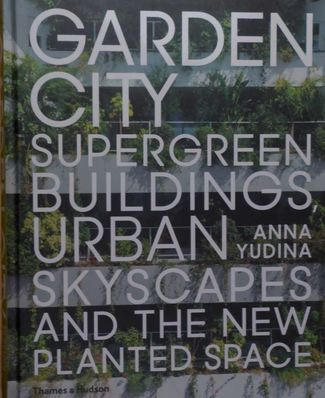
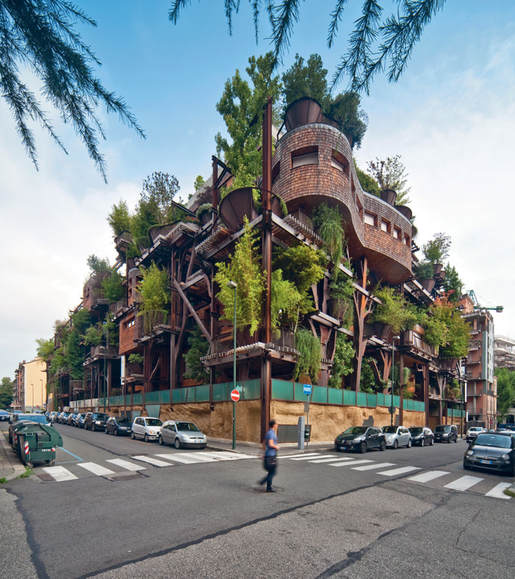
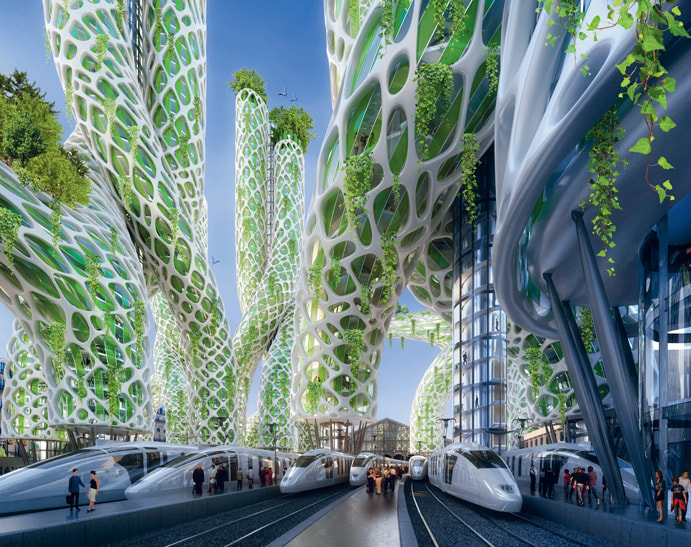
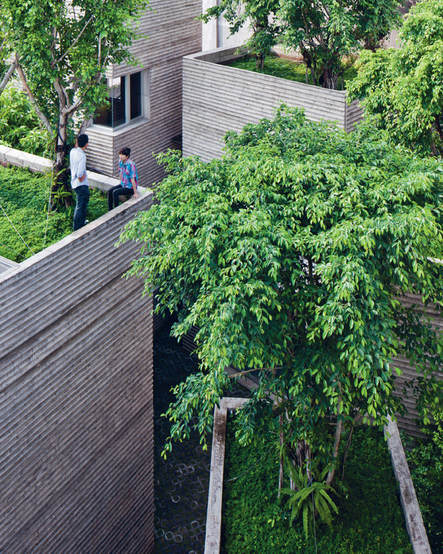
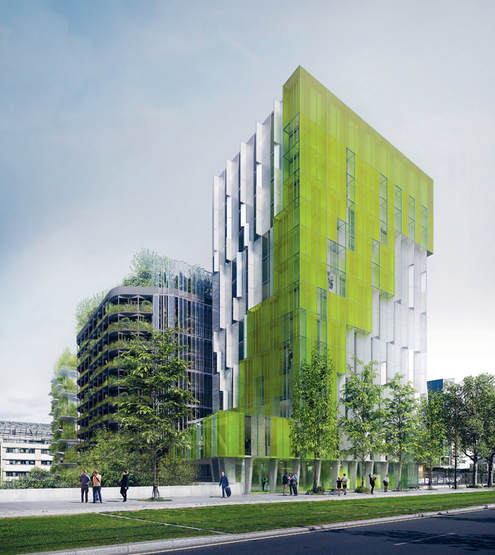
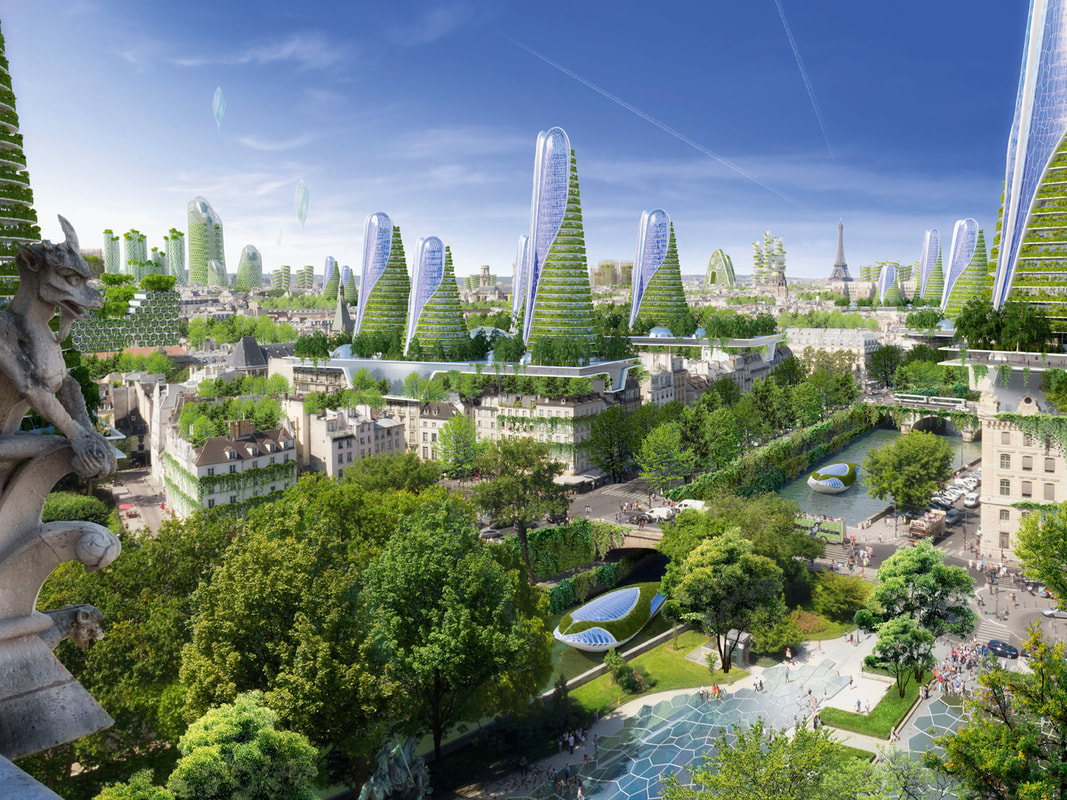
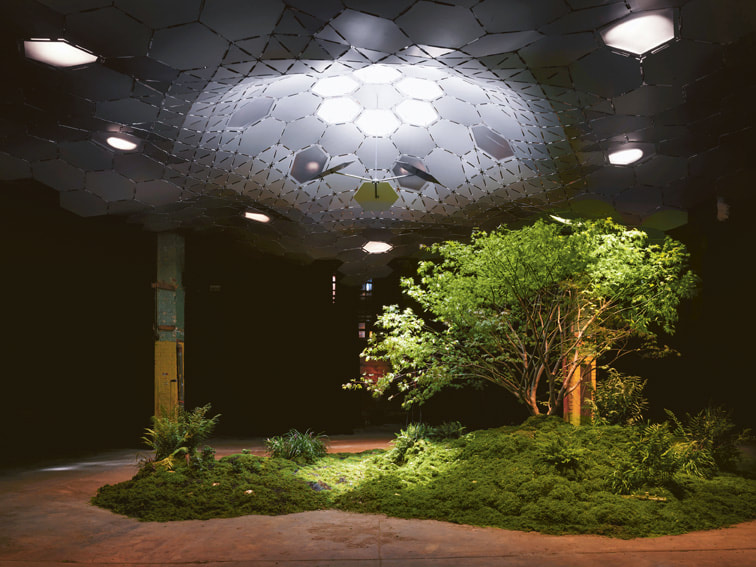
 RSS Feed
RSS Feed